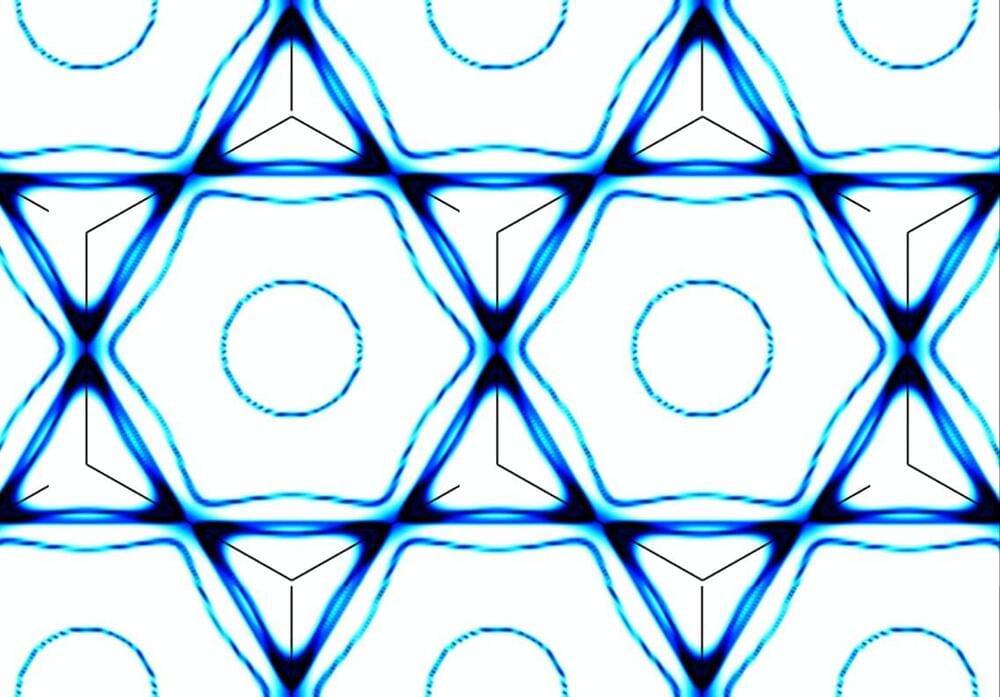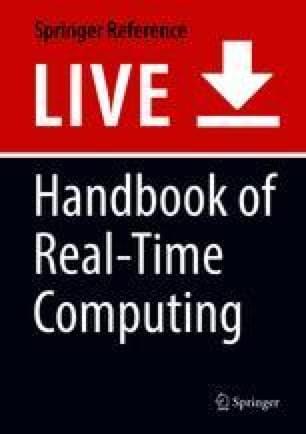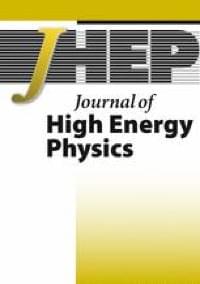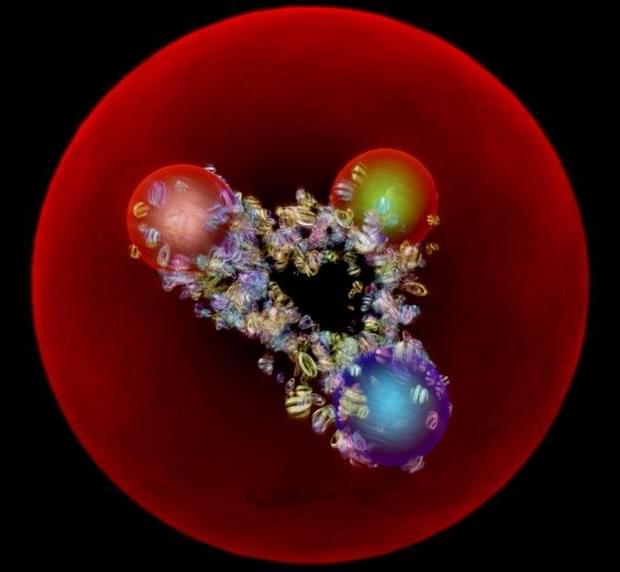It’s a magnet-less motor, but how does that work, why is it significant, and a bit old school? We take a deep dive into the motor powering the BMW iX M60.



Sixty-nine percent of global enterprises have already adopted or plan to adopt quantum computing in the near term, according to a new survey of enterprise leaders commissioned by Zapata Computing. The findings suggest that quantum computing is quickly moving from the fringes and becoming a priority for enterprise digital transformation, as 74% of enterprise leaders surveyed agreed that those who fail to adopt quantum computing will fall behind.
Broken down further, 29% of enterprises worldwide are now early adopters of quantum technology, while another 40% plan to follow in their footsteps in the near future. Adoption thus far is highest in the transportation sector, where 63% of respondents reported being in the early stages of quantum adoption. This may be a reaction to the ongoing supply chain crisis, which quantum could help relieve through its potential to solve complex optimization problems common in shipping and logistics.
Among early adopters, 12% expect to achieve a competitive advantage with the technology within one year, while another 41% expect an advantage within two years. The findings suggest confidence among enterprise leaders that quantum computing is no longer a distant reality, but a near-term opportunity. Machine learning in particular was cited as the top near-term use case for quantum computing.

Designed and built by LEGO creator Mr. Platinum using 2,800 LEGO Technic pieces, this absolutely delightful mini replica of the DMC DeLorean from Back To The Future comes complete with a detailed exterior as well as interior, functioning doors, glowing lights, and a Bluetooth controller that lets you remotely drive the little car around!
The video above is a mashup of scenes from the original Back To The Future movie showing the DeLorean’s reveal, combined with video snippets of Mr. Platinum’s highly detailed build. The LEGO DeLorean is a stunning MOC (My Own Creation) that boasts of functioning headlights and taillights, glowing pipes around the car’s periphery as well as on the inside, motorized doors that open on command to reveal the detailed interiors, and for good measure, repositionable tires that become horizontal to resemble the car flying through space and time. If there ever was a near-perfect LEGO DeLorean build, this 2800-brick masterpiece is clearly it.
Designer: Mr. Platinum

Olipa Elisa said her 10-year-old son used to have to hike 5km (3 miles) every day to the nearest school, often arriving late and exhausted.
“I am very excited that we now have a school closer to my home, and my child will not have to take the long journey,” said Elisa, 38. “What we need is more of these learning blocks to accommodate other classes.”
Run by 14Trees, a joint venture between Swiss cement manufacturer LafargeHolcim and British development finance agency CDC Group, the project was faster, cheaper and less energy-intensive than conventional construction, said 14Trees managing director Francois Perrot.
Investigated by the SOAR Telescope operated by NOIRLab, the binary system is the first to be found at the penultimate stage of its evolution. Using the 4.1-meter SOAR Telescope in Chile, astronomers have discovered the first example of a binary system where a star in the process of becoming a white.
MIT physicists and colleagues have discovered the “secret sauce” behind some of the exotic properties of a new quantum material that has transfixed physicists due to those properties, which include superconductivity. Although theorists had predicted the reason for the unusual properties of the material, known as a kagome metal, this is the first time that the phenomenon behind those properties has been observed in the laboratory.

MIT physicists and colleagues have discovered the “secret sauce” behind some of the exotic properties of a new quantum material that has transfixed physicists due to those properties, which include superconductivity. Although theorists had predicted the reason for the unusual properties of the material, known as a kagome metal, this is the first time that the phenomenon behind those properties has been observed in the laboratory.
“The hope is that our new understanding of the electronic structure of a kagome metal will help us build a rich platform for discovering other quantum materials,” says Riccardo Comin, the Class of 1947 Career Development Assistant Professor of Physics at MIT, whose group led the study. That, in turn, could lead to a new class of superconductors, new approaches to quantum computing, and other quantum technologies.
The work is reported in the January 13, 2022 online issue of the journal Nature Physics.

My Chapter Titled ‘’, has been published in ‘Handbook of Real-Time Computing’ in Springer Nature. The chapter provides information on satellite communication networks for different orbits, use-cases, scenarios, link budget analyses, history, and future developments.
Software-defined radio (SDR) is one of many new technologies being adopted by satellite communication to lower the costs both operational and capital by reducing the amount of radio equipment involved in the communication chain and by giving the advantage of remote configuration and regular firmware updates. SDR basically replaces most of the radio equipment by a single computing device with software capable of performing functions of the replaced hardware equipment. SDRs are introduced not only in terrestrial gateways and ground stations, but next generations of LEO and GEO satellites are already adopting the technology. Previously, satellite radio links were limited to the configuration of radio equipment that was installed during the manufacturing of the satellite, which couldn’t be modified throughout the lifespan of the satellite.
Figure 15 displays a generic digital communication transmit and receive RF chain at the physical layer for binary, sampled, and analogue data streams. Data in binary that is collected from data source at transmit end is coming from the higher layers, which is then coded in binary, modulated to sampled, converted to analogue waveform through digital to analogue converter before sending it to the antenna end for transmission over-the-air interface with required transmit power. At the receive end, the wireless signal is received as analogue, converted to sampled for demodulation, decoded to binary, and sent to data sink for integrating with upper layers. The coding/decoding and modulation/demodulation, commonly referred to as MOD/COD, are programmable functions and can be replaced by SDR using a processing device. This can be done at the ground stations, at the gateway, user terminals, and at the satellite using on-board processing.

Circa 2020
We discuss the possibility to predict the QCD axion mass in the context of grand unified theories. We investigate the implementation of the DFSZ mechanism in the context of renormalizable SU theories. In the simplest theory, the axion mass can be predicted with good precision in the range ma = (2–16) neV, and there is a strong correlation between the predictions for the axion mass and proton decay rates. In this context, we predict an upper bound for the proton decay channels with antineutrinos, τ p → K + ν ¯ ≲ 4 × 10 37 $$ \tau \left(p\to {K}^{+}\overline{
u}\right)\lesssim 4\times {10}^{37} $$ yr and τ p → π + ν ¯ ≲ 2 × 10 36 $$ \tau \left(p\to {\pi}^{+}\overline{
u}\right)\lesssim 2\times {10}^{36} $$ yr. This theory can be considered as the minimal realistic grand unified theory with the DFSZ mechanism and it can be fully tested by proton decay and axion experiments.

New satellite images show that Tesla significantly expanded its rooftop solar array at Gigafactory Nevada as it aims for it to become the world’s biggest.
In 2017, Tesla announced plans for a giant 70 MW rooftop array at Gigafactory Nevada, which would be the largest in the world by a wide margin. The project has been lagging for a long time. Tesla finally started construction of the solar array in 2018 and expanded on it throughout the next few years, but it has never grown near the size Tesla has been talking about.
Last summer, the automaker said that it had deployed 3.2 MW at the site. At the time, Tesla also changed its goal to deploy 24 MW instead of 70 MW on the rooftop of the factory, which itself is now smaller than originally planned. The company said that it believes this would still be enough to be the largest rooftop deployment of solar power.

While the Large Hadron Collider (LHC) at CERN is well known for smashing protons together, it is actually the quarks and gluons inside the protons—collectively known as partons—that are really interacting. Thus, in order to predict the rate of a process occurring in the LHC—such as the production of a Higgs boson or a yet-unknown particle—physicists have to understand how partons behave within the proton. This behavior is described in parton distribution functions (PDFs), which describe what fraction of a proton’s momentum is taken by its constituent quarks and gluons.
Knowledge of these PDFs has traditionally come from lepton–proton colliders, such as HERA at DESY. These machines use point-like particles, such as electrons, to directly probe the partons within the proton. Their research revealed that, in addition to the well-known up and down valence quarks that are inside a proton, there is also a sea of quark–antiquark pairs in the proton. This sea is theoretically made of all types of quarks, bound together by gluons. Now, studies of the LHC’s proton–proton collisions are providing a detailed look into PDFs, in particular the proton’s gluon and quark-type composition.
The physicists at CERN’s ATLAS Experiment have just released a new paper combining LHC and HERA data to determine PDFs. The result uses ATLAS data from several different Standard Model processes, including the production of W and Z bosons, pairs of top quarks and hadronic jets (collimated sprays of particles). It was traditionally thought that the strange-quark PDF would be suppressed by a factor of ~2 compared to that of the lighter up-and down-type quarks, because of its larger mass. The new paper confirms a previous ATLAS result, which found that the strange quark is not substantially suppressed at small proton momentum fractions and extends this result to show how suppression kicks in at higher momentum fractions (x 0.05) as shown in Figure 1.